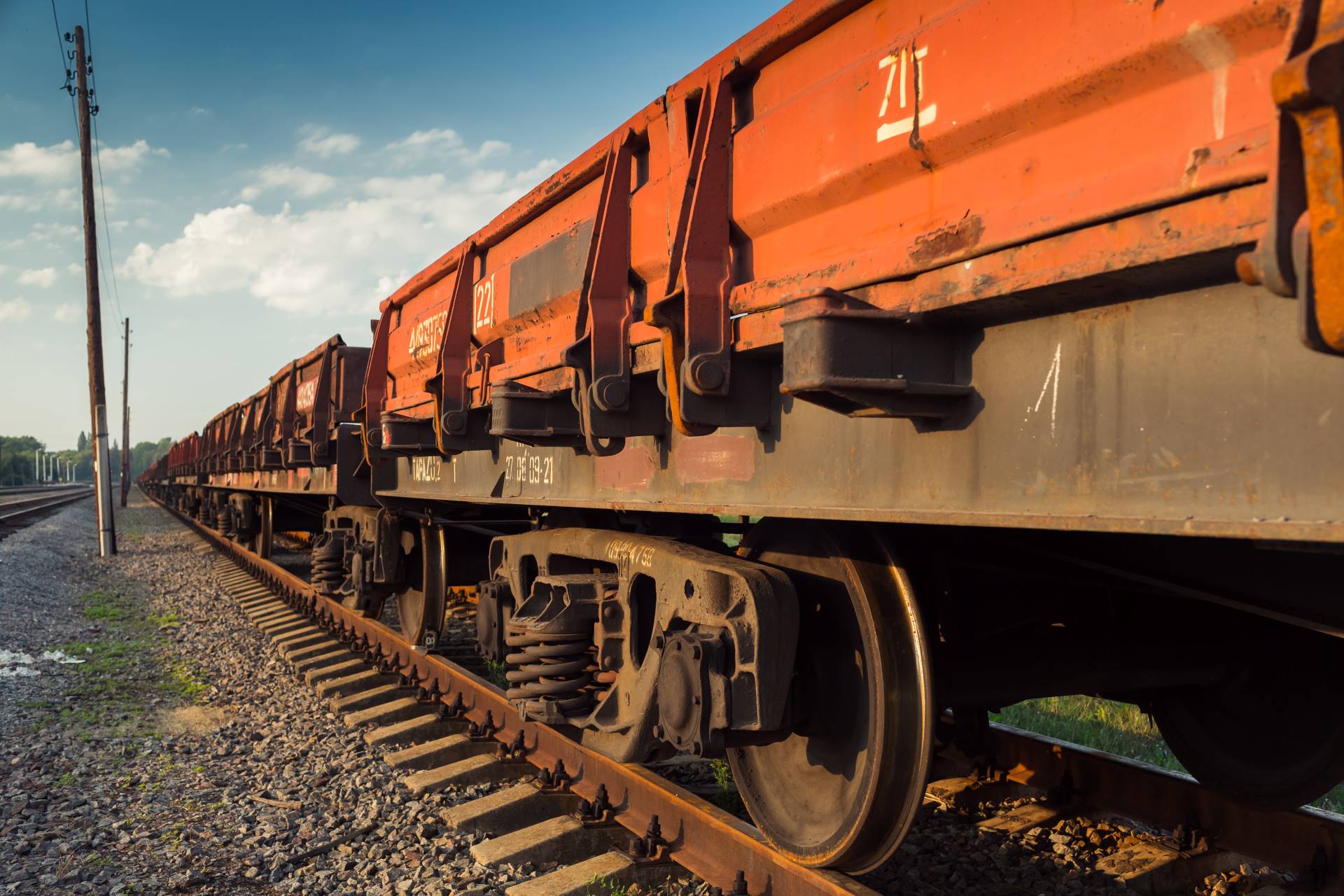Transportation is an essential pillar of any functioning society, and in a country as vast as Australia, it plays a particularly crucial role. Domestic Transport Australia infrastructure facilitates not only the movement of goods and people within the country, but also connects Australia to the rest of the world. One of the critical areas of Australia’s transport sector is domestic transport australia, encompassing road, rail, air, and sea.
These transport networks span the continent, linking urban centers with rural and remote communities, and play a vital role in economic activity, social connectivity, and quality of life.
Among the various actors in Australia’s domestic transport sector, Freight Victoria (www.freightnetvic.com.au plays a pivotal role.
As a government initiative, it oversees the development, maintenance, and management of Victoria’s freight and logistics infrastructure, ensuring the smooth movement of goods across the state.
Types Of Domestic Transport In Australia:
- Road Transport
Road transport is a vital component of Domestic Transport Australia network, offering flexibility in terms of destinations and timing that other forms of transport often can’t match.
Australia has a comprehensive network of roads and highways that connect its cities, towns, and rural areas.
This includes major highways such as the Pacific Highway on the east coast and the Eyre Highway across the Nullarbor Plain, as well as a vast array of local roads. Trucks, cars, and buses are the primary modes of road transport, carrying both passengers and freight.
- Rail Transport
Rail transport has played a critical role in Australia’s development since the 19th century. Today, it continues to provide an essential service for both passengers and freight.
Major passenger rail networks operate in and around Australia’s capital cities, while regional and interstate services connect more remote areas.
In terms of freight, rail plays a particularly significant role in transporting goods over long distances, such as coal and minerals from inland mines to ports for export.
Due to Australia’s large size and geographic isolation, air transport is a crucial element of the country’s Domestic Transport Australia system. Australia has a robust network of airlines and airports that provide services across the country.
Major airports are located in the capital cities, while regional and remote areas are served by smaller airports and airfields. Domestic flights carry passengers and time-sensitive freight, such as perishable goods and postal items.
- Sea Transport
With its extensive coastline, sea transport is also a significant part of domestic transport australia.
Ferry services operate in several coastal and river locations, providing an important mode of transport for passengers, particularly in cities like Sydney with a large harbor.
In terms of freight, ships transport large volumes of domestic cargo, especially in bulk commodities, around the coastline. Major seaports facilitate this sea freight, including those in Melbourne, Sydney, Brisbane, and Perth.
Management And Regulation Of Transport In Australia
Australia’s transport sector is regulated and managed by various federal, states, and territory authorities, each with its own specific remit.
This complex network of authorities oversees the safety, efficiency, and sustainability of Australia’s transport systems.
Federal Regulation
At the federal level, several departments and agencies oversee different aspects of transportation across Australia. Key among these is:
- The Department of Infrastructure, Transport, Regional Development and Communications
This department creates national policy and legislation for all transport modes and manages federal infrastructure.
- The Australian Transport Safety Bureau (ATSB)
This independent statutory agency is responsible for investigating transport-related accidents and incidents to improve safety.
- Civil Aviation Safety Authority (CASA)
CASA oversees the safety regulation of civil air operations in Australia and the operation of Australian aircraft overseas.
- Australian Maritime Safety Authority (AMSA)
AMSA is responsible for the safety and environmental protection regulation of Australian domestic and international waters.
State and Territory Regulation
Each Australian state and territory has its own department or ministry of transport, which oversees transport within its jurisdiction.
These agencies manage state roads, rail networks, and public transportation systems. They are also responsible for enforcing transport-related laws and regulations within their respective territories.
Some examples are Transport for NSW in New South Wales, Department of Transport and Main Roads in Queensland, and the Department of Transport in Victoria.
Regulatory Framework
Australia’s transport sector is governed by a mix of laws, regulations, and standards designed to ensure safe, efficient, and sustainable transport. These include:
- Safety Regulations
These govern everything from driver licensing and vehicle roadworthiness to operating standards for airlines and shipping companies.
- Environmental Regulations
These aim to minimize the environmental impact of transportation, including emissions standards for vehicles and regulations regarding noise pollution.
- Consumer Protection Regulations
These protect consumer rights in relation to transportation services, such as rules regarding fare pricing and service quality.
Transport management and regulation are critical to ensure that Domestic Transport Australia systems operate efficiently, safely, and sustainably, meeting the needs of people and businesses across the country.
Economic Impact Of Domestic Transport Australia
Facilitating Commerce
Domestic transport Australia plays a crucial role in the smooth functioning of the economy. It allows goods to be transported from producers to consumers, whether they are agricultural products, minerals, manufactured goods, or retail items.
This enables businesses to operate and grow, contributing significantly to economic output. For instance, road freight transport alone contributes billions of dollars to the Australian economy each year.
Employment
The transport sector is a major source of employment in Australia. Thousands of Australians work in roles related to road, rail, air, and sea transport, from truck drivers and railway workers to airline staff and port employees.
Furthermore, by facilitating the operation of other sectors of the economy, transport indirectly supports employment across a wide range of industries.
Tourism
Domestic transport australia is key to Australia’s substantial tourism industry. Efficient and widespread transport networks allow tourists to travel across the country, visiting destinations ranging from major cities to national parks and rural areas.
This spending by tourists supports businesses and employment in the tourism sector, contributing significantly to the Australian economy.
Infrastructure Development
Investment in transport infrastructure – such as roads, rail lines, ports, and airports – also has a significant economic impact.
These projects create jobs and stimulate economic activity in the short term. In the long term, improved transport infrastructure enhances productivity and economic growth by reducing travel times and transport costs.
Regional Development
Domestic Transport Australia plays a vital role in regional development in Australia. Good transport links can promote economic growth in regional and remote areas, for instance, by supporting industries such as mining, agriculture, and tourism. Conversely, poor transport can be a barrier to development.
The economic impacts of domestic transport Australia are far-reaching. The sector directly contributes to the economy and employment, supports a wide range of other industries, and plays a key role in regional development.
Conclusion
Domestic Transport Australia sector is a vital component of the nation’s economic, social, and regional development.
The expansive network of road, rail, air, and sea transport facilitates the efficient movement of goods and people across this vast continent. Organizations like Freight Victoria play a pivotal role in ensuring that the transport system runs smoothly and sustainably.
Moreover, the transport sector directly contributes to the economy, creating jobs and stimulating economic growth. It also has a profound indirect impact on other sectors, such as tourism, retail, and manufacturing, enabling their operation and growth.
The future of Domestic Transport Australia sector is set to be shaped by a variety of factors, including technological advancements, efforts towards sustainability, and the imperatives of climate change.
All of these will require careful management and regulation to ensure that Australia’s transport systems continue to serve the needs of its people and economy effectively.

